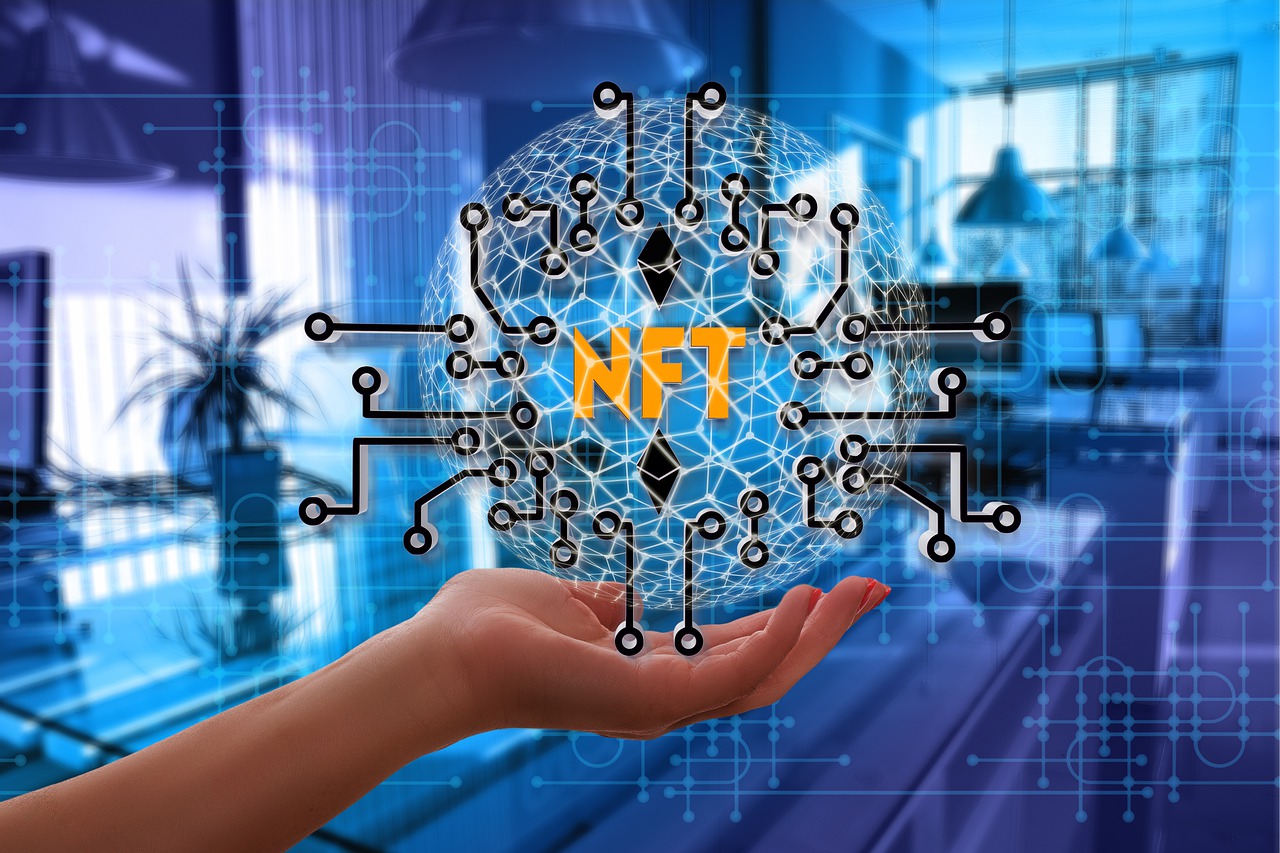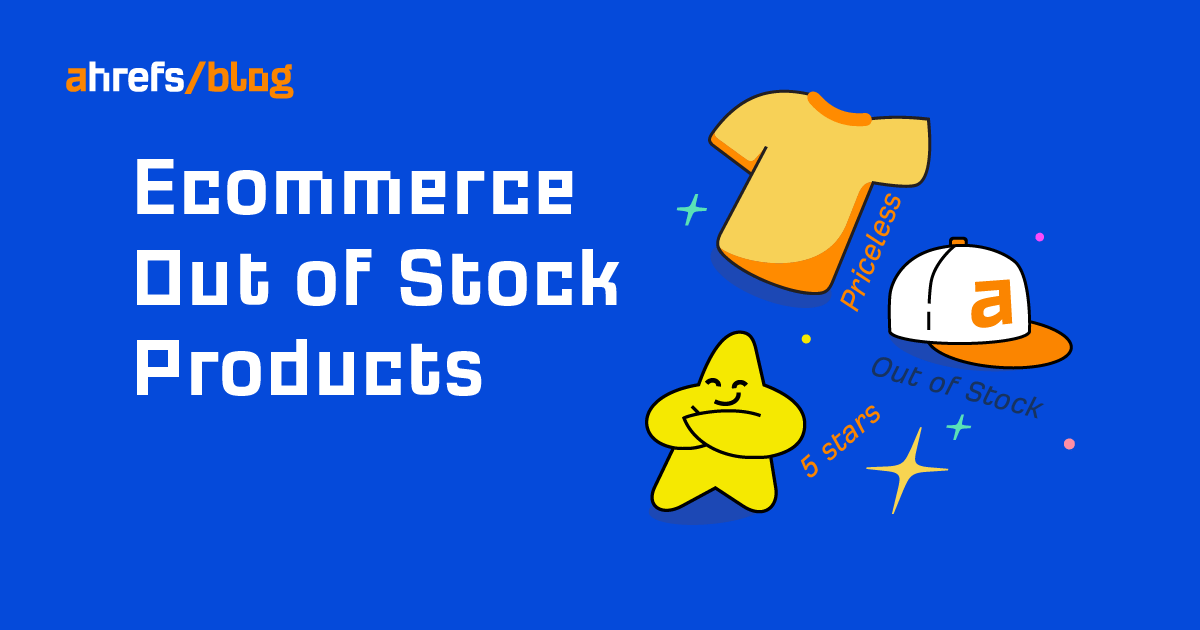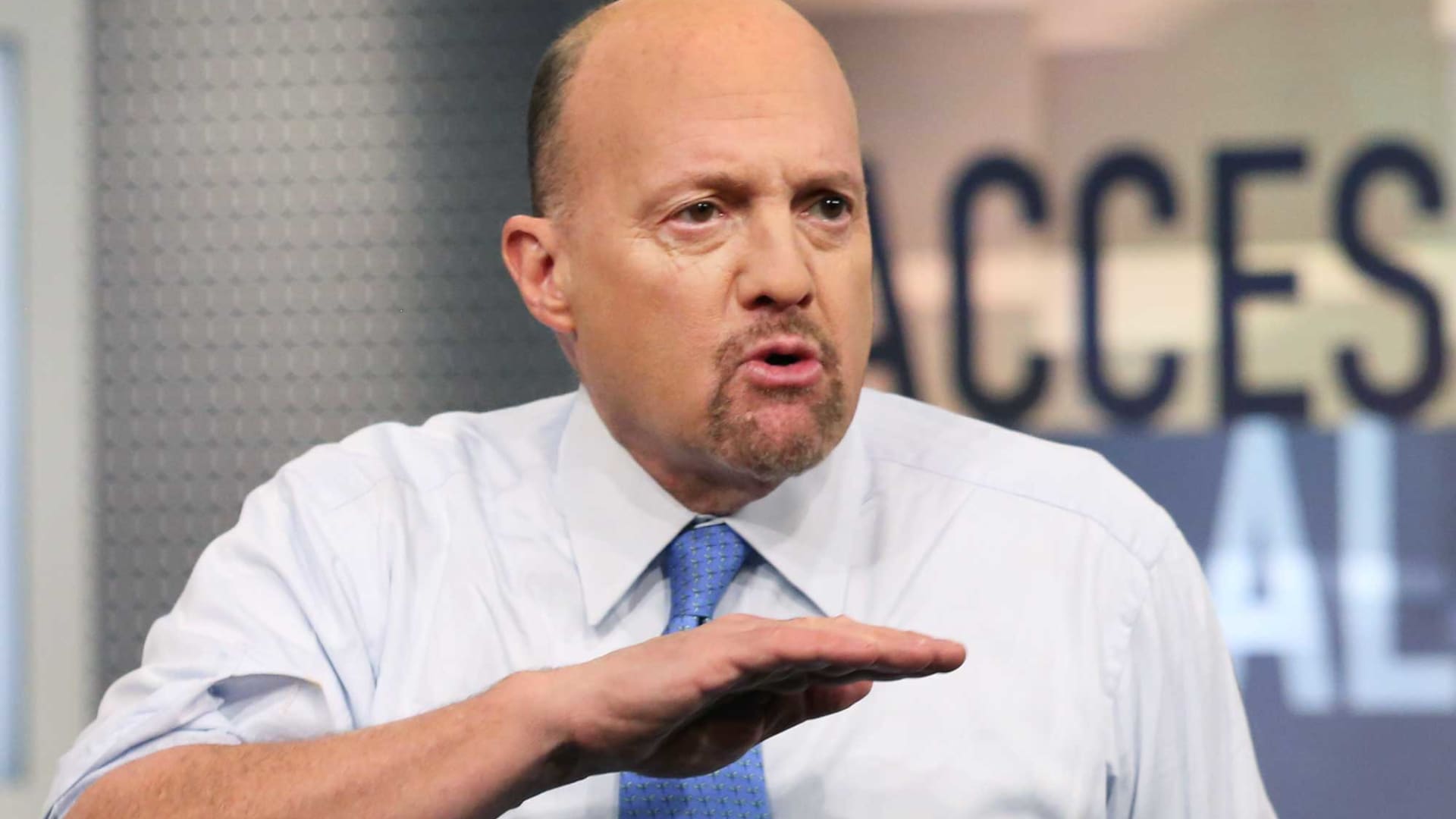Heading to Zero: Could NFTs Go the Way of the Dotcom Bubble?
In a year that was punctuated by meme-stock short squeezes across Wall Street and many new all-time highs for Bitcoin, it’s some feat that NFTs became a dominant force across the investing landscape. But as the stock market and...

In a year that was punctuated by meme-stock short squeezes across Wall Street and many new all-time highs for Bitcoin, it’s some feat that NFTs became a dominant force across the investing landscape. But as the stock market and many cryptocurrencies have faced a turbulent start to 2022, could the NFTs struggle to build on the momentum gathered from the past year?
“As we’re entering the possibilities offered by Web3 — the decentralized, ownable and programmable web — we have seen hundreds of new projects popping up every day. But it’s important to remember that Web3 is not about specific NFTs, it’s about what you can do with it, be that providing access, social capital or utility,” explained Nicholas Julia, co-founder and CEO of Sorare, an NFT-based fantasy football game.
“I expect most NFTs will go to zero the same way most .com companies went to zero — the hype does not negate the underlying trend, and if you choose projects that build for the long-term, you will find the Amazon of the .com bubble. NFTs help you own a piece of the internet and as our good friend Alexis Ohanian explains, the internet is a culture machine and is a community connector. Ultimately, NFTs are now a part of the culture, and while not every NFT will survive, we will absolutely see projects that will retain value for centuries to come.”
Julia knows a thing or two about the world of NFTs. In November 2021, Sorare raised a mammoth $680 million in a Series B fundraising round – leaving a company valuation of $4.3 billion. The newfound unicorn status means that Sorare can legitimately stake a claim to be the world’s most valuable NFT startup.
 Image courtesy of Nonfungible.com
Image courtesy of Nonfungible.comTellingly, the data above suggests that secondary market sales of NFTs grew at a rapid rate in mid-2021 before a brief revival took place in January 2022. Although secondary sales haven’t quite spiked in early 2021, a significant decline has emerged in February.
Echoing Julia’s notion that many NFT projects will ultimately go to zero, digital artist Mike Winkelmann, better known as Beeple, echoed the sentiment. In 2021, Beeple sold an NFT for a record-breaking $69 million, but has since shared his scepticism about the market.
He noted in an interview with the New York Times that investing in crypto-based art “is for people who are looking to take some risks,” before adding that “this stuff will absolutely go to zero.”
Beeple also said: “I think there’s a very good chance it’s in a bubble,” when discussing the future of the NFT market.
So what’s next for the world of NFTs? And can the market continue to thrive despite some of its key players dismissing many of the projects that currently populate the industry?
Assessing the Merits of NFTs
Despite drawing plenty of scepticism from investors outside of the crypto landscape, we’ve seen the rise of blue-chip NFT projects like CryptoPunks, Bored Ape Yacht Club, and CyberKongz have helped to bring greater levels of interest in non-fungible tokens. Some projects even carry forms of utility whilst rewarding holders with a form of passive income.
The rise of NFTs has led to prestigious auction houses like Christie’s auctioning off digital art for millions of dollars.
Furthermore, the potential for multifunctional utility means that owning an NFT can carry more benefits than traditional artworks, with tokens being incorporated into games in a way that rewards players.
However, the NFT landscape has become unsustainable for many investors. Best-in-class tokens have become too expensive for many retail investors due to their scarcity and popularity, leading to myriad copycat projects emerging. This invariably means that the vast majority of NFTs will never gain value once the non-fungible gold rush shows signs of dying down.
NFTs are also highly dependent on the success of cryptocurrencies to be successful. Recent pullbacks across the crypto market have served as a warning for NFT investors.
“Cryptocurrency is currently one of the most attractive alternatives to investing in stocks, bonds and commodities. Cryptocurrencies are generally highly volatile, which means investors can generate high returns. Yet, with volatility come greater risks,” notes Maxim Manturov, head of investment advice at Freedom Finance Europe.
When volatility becomes more pronounced, NFTs will be especially susceptible to investor sell-offs, as preservation of wealth takes precedence.
Although we’ve already seen what happens when a digital bubble bursts from a time when dot-com websites were attracting big money as a form of virtual real estate. There are certainly some parallels between the dot-com boom and the NFT landscape. However, investors will be hoping that the fixed scarcity of their tokens helps to maintain their value.
Investors are likely to be aware that even the most scarce asset is worthless if there’s no interest in it, so it’s vital that projects are fully trusted before purchases are made. With this in mind, it appears likely that many NFTs will ultimately go to zero, but for the trusted and well-managed projects out there, there’s certainly plenty of reasons to remain optimistic for the future.

 ValVades
ValVades 



























.jpg&h=630&w=1200&q=100&v=6e07dc5773&c=1)



